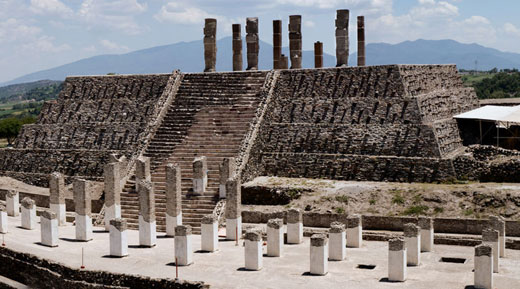by David Van Biema, TIME Magazine: How do secular people remember a saint? As Mother Teresa‘s birthday on August 26th and the anniversary of her death on September 5th approach, I found myself thinking about this. I tried to imagine what I would know about the woman, 15 years gone, if I didn’t write about religion for a living. Probably that she was good to the poor. Short.
and the anniversary of her death on September 5th approach, I found myself thinking about this. I tried to imagine what I would know about the woman, 15 years gone, if I didn’t write about religion for a living. Probably that she was good to the poor. Short.
A friend of Lady Di’s. I concluded that unless I were a pious Roman Catholic, I would know very little, which led me to consider the difference between the way the Roman Catholic church treats its deserving dead and the way society at large does.
Here’s how her Church remembers a Teresa. The moment she dies, a clock starts ticking. After a year the Vatican commences an investigation into her possible sainthood. That process’s first step is to determine that — in life — she had exhibited qualities (“heroic virtue”) that Catholicism finds amazing and exemplary. Next the focus shifts to her post-life. In 2002, the Vatican validates as miraculous the disappearance of a tumor in a woman who prayed to Teresa in heaven, and consequently, 250,000 people flock to Rome to attend her “beatification” as the Blessed Teresa. There is anticipation of and perhaps some impatience about a second miracle — not yet identified — that will enable her to be canonized as a saint. There are hurdles and steps, disappointments and triumphs, through which Teresa’s afterlife becomes nearly as eventful as her pre-death. Year after year, believers are led through a dynamic process defining and testing her meaning to the church.
Now compare this to the way in which non-Catholics are remembering — or rather, rapidly forgetting — Mother Teresa. For the most part, Americans are the opposite of the kid in The Sixth Sense: we don’t see dead people. Actors and artists may live on through films or novels; athletes perhaps on videotape. Save for U.S. presidents and Martin Luther King, Jr., moral and political heroes quickly devolve into name-checks. It’s as if the more polarized and fragmented a society we become, the less agreement there is on who should be remembered.
Least likely to be recalled is a subcategory of the famous dear to my profession: religious figures like Teresa, whose fame transcends their creeds. She was part of the kind of greatest-generation bumper crop that also included Billy Graham, Pope John Paul II, and (every team needs a junior member) the Dalai Lama. But can their memory survive them? Graham finished in the Gallup poll’s top 10 “most admired” men 55 out of the last 56 years. How long after he passes on will anyone but evangelicals remember why? What will be left of the Dalai Lama on the public retina but his smile and the borders of Tibet? The religious boundaries that such figures knock down in life by sheer force of personality or achievement close in on them again with the walls of the grave.
I can’t pretend to reverse this cross-denominational amnesia in any kind of general way — it’s who we are now. However, I’ve solved it to my own satisfaction regarding Teresa, someone I personally would like to remember. I made up a mnemonic. (She loved mnemonics.) I use a bland phrase — “she worked with the poor” — and remind myself of how she managed to revitalize and electrify each word of it. For “the poor,” Teresa substituted “the poorest of the poor,” creating both a new category and a corresponding moral obligation, first identified in Calcutta’s worst slums and then — surprise! — almost everywhere you looked. She intensified the concept of “worked with” by plunging her nuns into an intimate, systematic, sometimes brutal coexistence with the poorest. And thanks to organizational genius, public relations savvy and nonstop travel, she transformed the humble mandate into institutions: thousands of schools, orphanages and hospices in most of the countries in the world. (Not covered by my catchphrase is the fact, revealed in letters after her death, that she accomplished all this despite a devastating 40-year spiritual depression — backwards, as it were, in heels.)
“Worked with the poor” is not among the catchiest memory gimmicks on record. (Those, predictably, are Property of the Church: the Stations of the Cross, the Rosary). But it enables me to summon up more than just a weathered face when I try to remember why Mother Teresa might remain important to a secular Jew like myself. And — as sometimes happens — the more I recall, the more worthwhile the recalling seems.









































